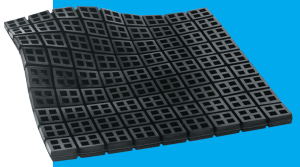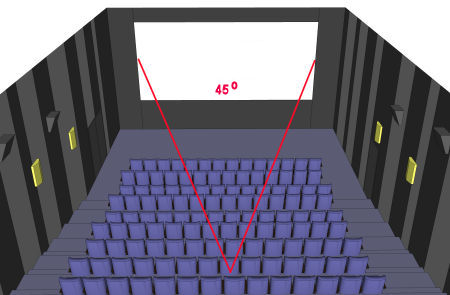
ideal viewing angle
THX Ltd was established in 1983 by Tomlinson Holman and the George Lucas company with the purpose to create standards to correct inadequate movie playback in cinemas. " ..is the founder of quality assurance programs for superior cinema presentation.." (from the THX Website)
THX Website: "A THX Certified Cinema is built from the ground up, taking extra steps, often times installing additional materials and equipment, to create an environment that will totally immerse you in the story. Whether you’re on a first date, going for a blockbuster opening night, or catching a matinee, get ready to experience the magic and emotional impact created by the director for you to enjoy."
The name THX was originally the abbreviation for 'Tomlinson Holman Crossover' but was changes after the first 6 months into 'Tomlinson Holman Experience' recognizing the large impact THX had in the cinema business.
This is not a 100% complete list of all THX recommendations, just an overview:
The ideal picture size is defined for movie theatre for a horizontal viewing angle of 45 degrees at the prime seat. The prime seat is (mostly agreed) a center seat two-thirds to the rear of the house.

The reverberation time in a cinema hall depending on the room size should not exceed the following:
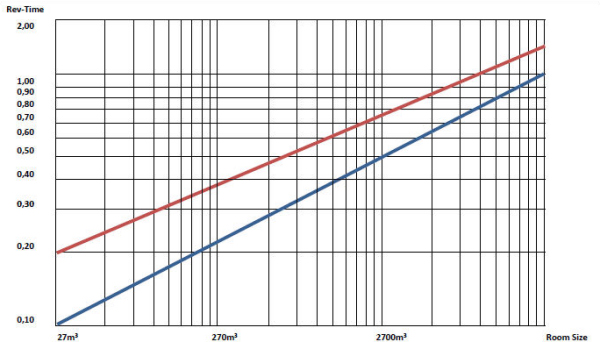 |
| recommended reverberation times for cinemas, source: JBL |
 |
| recommended bass ratio and reverberation frequency response |
The sidewalls should not be reflective to avoid any kind of "flutter" or side "slap" echoes. The walls must be treated with absorptive material down to a height below ear height of the seated audience. For the side walls a minimum of 1" fiberglass with 1" to 2" air space behind should be used. Also to avoid any side to side reflections, non parallel sidewalls are recommended.
For the projection wall in the front of the cinema a much heavier absorption is needed to avoid any double reflections from the rear wall and to create a perfect baffle there the front loudspeakers are integrated. See Baffle Wall below.
Very important is the general low frequency absorption in the cinema hall to avoid standing waves and to avoid a too boomy sound by a too high bass ratio in the reverberation time.
Each channel of the surround system (front, surround and LFE) should output a sound pressure level of 85 dBC at standard fader settings. All movies should be presented at these standard fader settings. Sometimes loud trailers may need compensation downwards but normally standard level should be executed all time.
The maximum sound pressure level that could be output of the sound system (each individual speaker) should be equal or greater than 105 dB without amplifiers overloading or clipping.
The surround speaker coverage should be within +/-2dB uniformly over all seating area.
The baffle wall is a massive acoustical baffle directly behind the movie screen in which the front loudspeakers are integrated. The baffle wall is approximately the size of the screen and provides an uninterrupted surface behind the entire screen area. The baffle wall is one of the most important parts of the THX recommendations for cinema halls. It improves the frequency response of the speaker systems and prevents high frequency bouncing of the screen.
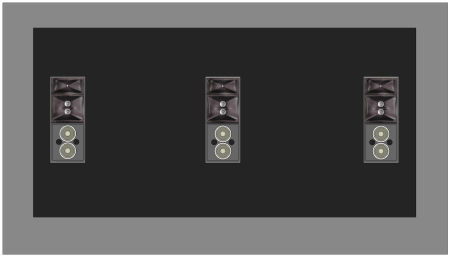
A speaker installation with simple speaker stands will lead to uncontrolled audio because sound waves will bounce in an uncontrolled manner between the movie screen and the wall behind the speakers (probably in a distance of about 0,5 to 0,8 meters).
The complete baffle front surface should be covered by 1" fiberglass. Here recommended is the material 'Insul-SHIELD Coated Black':
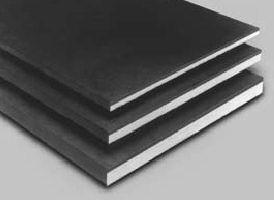
Subwoofers should be mounted on isolation pads to isolate the vibrations of the speakers from the baffle structure. Recommended are for instance Mason Industries Pads:
